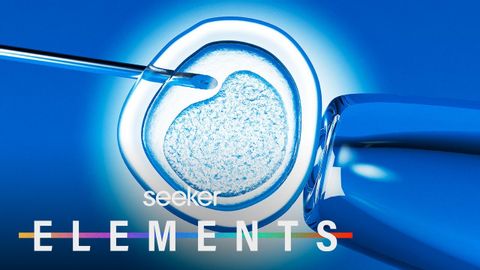為什麼科學家們可能會放棄對人類胚胎研究的14天限制? (Why Scientists Might Drop the 14-Day Limit on Human Embryo Research)
Summer 發佈於 2021 年 06 月 04 日  沒有此條件下的單字
沒有此條件下的單字US /ˈrek.əɡ.naɪz/
・
UK /ˈrek.əɡ.naɪz/
- v.t.認可;接受;賞識;承認;表彰;嘉獎;認出,認識
US /ˈstrʌk.tʃɚ/
・
UK /ˈstrʌk.tʃə/
- n. (c./u.)結構;建築物
- v.t.構成;組織
US /ɪkˈspɛrəmənt/
・
UK /ɪk'sperɪmənt/
- n. (c./u.)實驗;嘗試
- v.t./i.進行實驗;進行試驗
US /dɪˈvɛləp/
・
UK /dɪ'veləp/
- v.t./i.詳盡闡述;建立;打造;(使)成長;發展;沖洗(底片);罹患;產生;培養;發展
